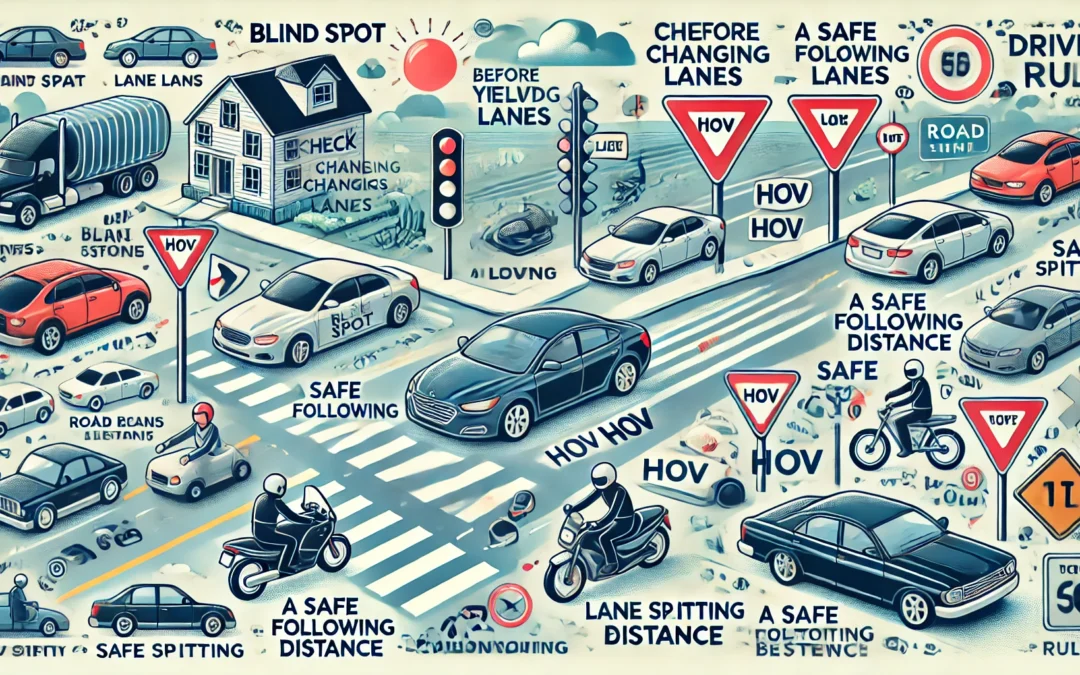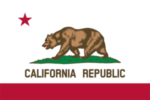
Understanding Key Terms: Glossary for Drivers
Understanding Key Terms: Glossary for Drivers
The driving world is full of terminology that can sometimes be confusing, especially for new drivers or those renewing their knowledge. In this glossary, we’ll explore some of the key terms every driver should know, helping you better understand your responsibilities and the rules of the road. Let’s break down these important concepts in a simple, relatable way.
1. Blind Spot
A blind spot is an area around your vehicle that you cannot see in your mirrors. These spots are typically located to the sides and rear of your car. To ensure safety, you must check your blind spots by turning your head before changing lanes or merging.
2. Right-of-Way
Right-of-way refers to the legal right of a vehicle or pedestrian to proceed first in a situation where multiple parties are present. For example, pedestrians typically have the right-of-way at crosswalks. Understanding right-of-way helps prevent accidents and ensures smooth traffic flow.
3. Yield
To yield means to slow down or stop to allow another vehicle or pedestrian to proceed. Drivers must yield at yield signs, when merging onto a highway, or when another vehicle has the right-of-way.
4. Tailgating
Tailgating occurs when a driver follows another vehicle too closely, leaving little room to stop in case of an emergency. It’s important to maintain a safe following distance to avoid collisions.
5. HOV Lane
HOV stands for High-Occupancy Vehicle. These lanes are reserved for vehicles carrying multiple passengers (usually two or more). The purpose is to reduce traffic congestion and encourage carpooling.
6. No-Zone
A no-zone is the area around large trucks or buses where the driver has limited visibility. These areas include the sides, rear, and directly in front of the truck. Avoid driving in these zones to stay safe.
7. Hydroplaning
Hydroplaning happens when your vehicle’s tires lose contact with the road due to a layer of water, causing the vehicle to skid. This can happen in wet conditions, so it’s important to slow down when roads are wet and maintain proper tire tread.
8. Defensive Driving
Defensive driving is a technique that involves staying alert, anticipating potential hazards, and taking action to avoid accidents. This proactive approach helps drivers respond quickly to unexpected situations, improving safety on the road.
9. Right Turn on Red
In most cases, you can make a right turn at a red light after coming to a complete stop, unless there is a sign prohibiting it. Be sure to check for pedestrians and oncoming traffic before turning.
10. Shoulder
The shoulder is the strip of land beside the roadway. It is often used for emergency stops or as a space for broken-down vehicles. It is illegal to drive on the shoulder unless instructed to do so by law enforcement.
11. Lane Splitting
Lane splitting refers to the practice of motorcyclists driving between two lanes of slow-moving or stopped traffic. In California, this practice is legal, but both drivers and motorcyclists must exercise caution to avoid accidents.




Recent Comments